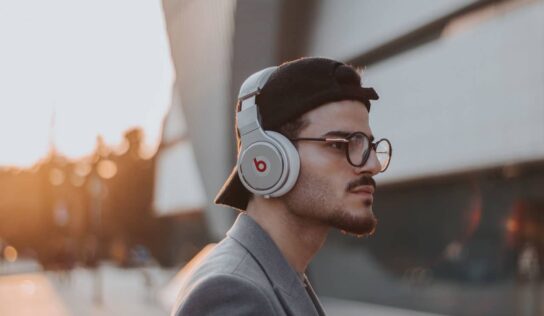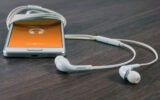In postwar Warsaw, my grandmother Zosia fixed the teeth of prisoners and spies. In doing so, she came into contact with the hidden history of her times in a way few others could
Teeth are our meeting place with the outside world, the point of attack. Crystalline and mineral in nature, teeth show us at our most mollusc-like. The fact that we can grow them, lose them and grow them again (if only once) seems to ally us with reptiles and the largest of the cartilaginous fish. Yet few things mark us more intimately as mammals than our teeth. The development of variable dentition is one of the great trump cards in the arsenal of mammalian evolution. At our very core, we are a tribe of nibblers, biters and grinders. The human dental formula – flat incisors, dainty canines, hard-working molars – is a classic omnivore’s compromise: aggression and carnivory in front, industrious vegetarianism in back.
Harder than bone – harder than any other part of the body – they are also where we are most vulnerable. Thomas De Quincey wrote that if toothaches could kill they would be considered “the most dreadful among human maladies”. Apocryphally, he is said to have claimed that fully a quarter of human misery could be chalked up to their “cruel torture”. I suspect this figure is an exaggeration, but I have had enough cavities, root canals, gum shavings, crown fittings and outright extractions to put the total at a healthy 20%. I have persistent nightmares about my teeth crumbling out of my mouth. For me, the smell of teeth being drilled is the scent of burning flesh.



















